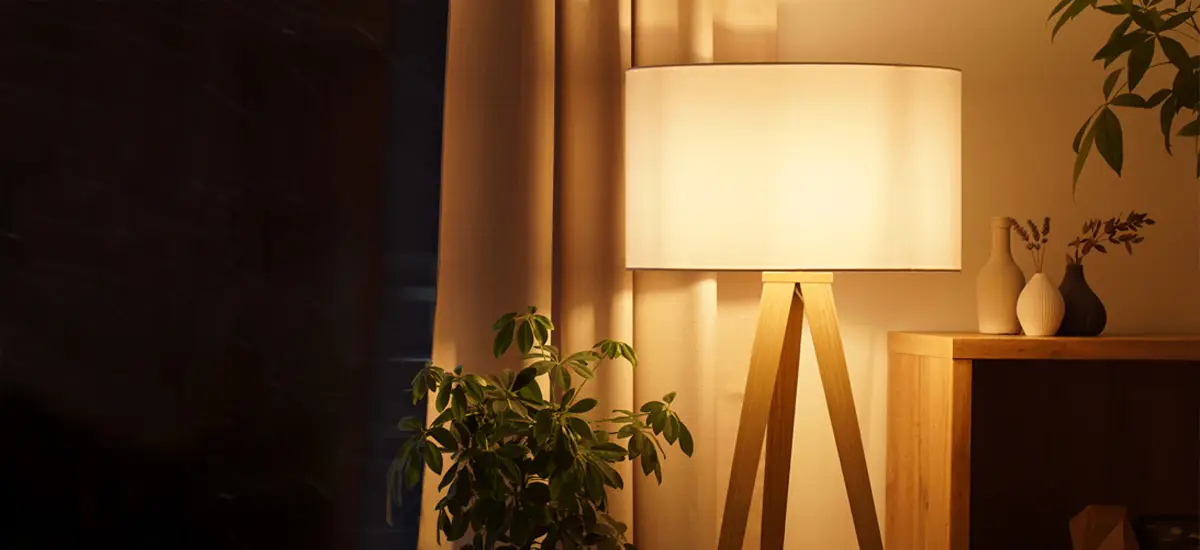
You’ve Got This Time To Shine
GettyImages
How To Pick the Right Light Bulb
As anyone who has ever tried to take a selfie will tell you, lighting is everything. And the right light bulb can make all the difference in the lens, as well as for everyday life. There was a time when you’d just go to the hardware store—or supermarket—and just pick up light bulbs. There was also a time when people rode in horse-drawn carriages and looked forward to the next talking picture show.
The point is times have changed. Light bulbs have changed and getting the right one can make a ton of difference.
So let’s look at how things have changed since Thomas Edison stretched coiled tungsten filament between two wires.
Out With the Old
Standard bulbs are remarkably inefficient, which wasn’t a big deal when the only other electricity used was to power the family gramophone. In today’s world, everyone is charging everything. We’re also looking for ways to conserve energy for our planet and spending for our households.
Now, the argument is that these light bulbs are remarkably inexpensive. And they are, at the cash register. But, standard bulbs will cost you more—much more—in the long run.

GettyImages
In With the New
Consider LED bulbs and the new technology that comes with them. Sure, these bulbs are initially more expensive than the standard option, but let’s look at the total cost of ownership. Let’s do some math.
Multiply the hours you use your light per week by your wattage and then by your electricity rate. Then divide that by 1,000, because the electricity rate is by kilowatts per hour. So:
Hours x Wattage x Rate ÷ 1,000 = Weekly Cost per Bulb
Let’s compare a standard bulb with an LED, assuming 56 hours of use per week and an electricity rate of 10 cents per kilowatt-hour (kWh).
First, the standard bulb:

Now let’s do the LED bulb:

As you can see, the standard bulb costs six times as much in electricity use.

GettyImages
Bulb Vocab
Let’s tackle the terms that you’ll need to know to make the right choice for each fixture in your home.
WATTS
Many make the mistake of connecting brightness with this term. In truth, watts are the amount of energy the bulb consumes. The lower, the better.
LUMENS
Now that we know how brightness isn’t measured, let’s look at the correct term for measuring a bulb’s brightness: lumens. An LED bulb’s brightness typically delivers 2,600 lumens. To give you some context, 800 lumens is roughly equivalent to the brightness of a standard 60-watt bulb, and 1,500 lumens equates to a 100-watt standard bulb.
KELVINS
This is a new term for many. It measures the color or warmth of your light. The higher the Kelvin, the more the light hue turns from gold to blue. 2,000 Kelvin has a golden tone, while 5,000 Kelvin looks bluer.
